
Why Axolotls Are So Rare?
Learn about Why Axolotls Are So Rare. Various types of axolotls exist, wild and captive-bred species being among them. Axolotls qualify as some of the most endangered animals globally due to their natural habitat being lost through destruction, pollution, and new species introduction. Learn about their critical conservation status and ongoing protection efforts.
Introduction
Axolotls (Ambystoma mexicanum) is a unique breed of salamander that lies underwater and belongs to an endemic group of Mexico. They can remain juvenile throughout their body life unlike other amphibians which grow and change with age therefore they exhibit neoteny.
This consists of the external gills, a finned tail, and a larval form, even as they mature. Additionally, axolotls have remarkable regenerative powers and can re-grow their limbs, spinal cord as well as portions of their hearts and brains.
In freshwater habitats, especially in the ruins of Lake Xochimilco in Mexico City, they flourish but are on the verge of extinction owing to the destruction of their native land and contamination.
Axolotls are common pets and subjects of research, especially in studies concerning regeneration and development, when they are held in captivity. They are the most attractive and interesting creatures with their broad, almost grinning faces and feather-like gills.
Types of Axolotls
1. Leucistic Axolotl
Pale pink or white bodies, combined with dark eyes, are characteristics of leucistic axolotls. They are not free of pigments in their eyes; thus, they cannot be considered as albinos. Their beautiful coloration has made them very popular with people keeping them as pets.They may seem like apparitions as their skin can sometimes look deathly pale, but dark iris reveals they are not albinism victims after all. Leucistic axolotls particularly appeal to pet lovers.
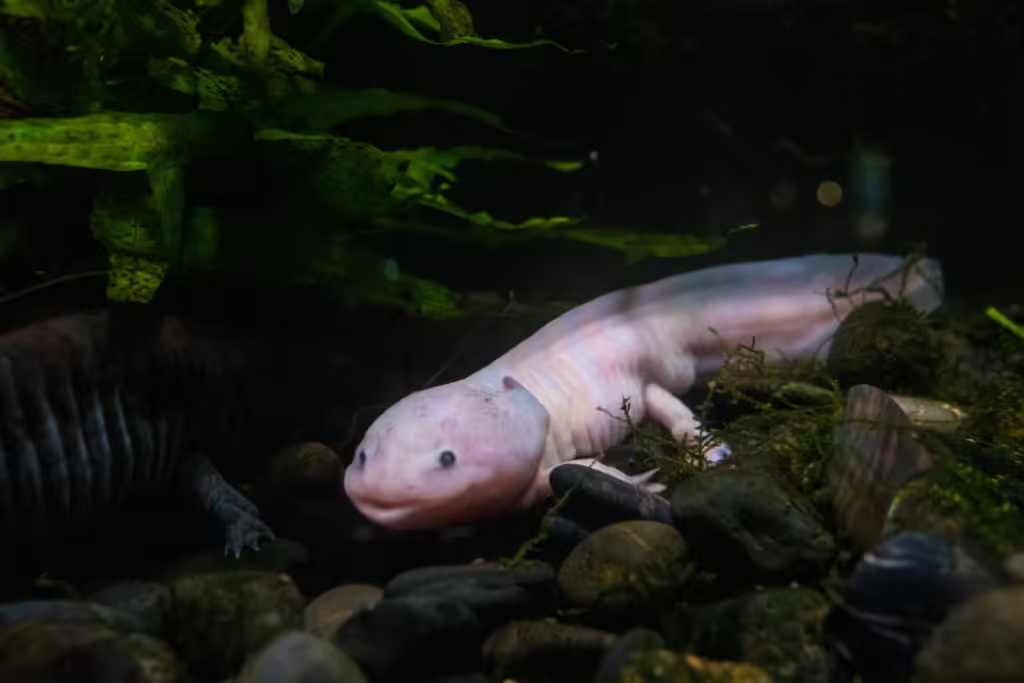
2. Albino Axolotl
Albinos are an axolotl species that is the reverse of this: They do not contain any kind of pigmentation, giving them a pale yellow or white color and pinkish or red eyes. Since they do not have melanin, they are quite sensitive to light, and they thrive better in dim environments.
A lot of them are now bred in captivity but are rarer in the wild. This is due to their striking and unique appearance, which is why enthusiasts and researchers into regeneration and genetics would prefer them.
3. Melanoid Axolotl
True-black melanoid axolotls are different from other dark-hued axolotls because they do not have any glittery pigments. They are characterized by a uniform coloration since they do not possess iridescence or lighter shades.
Despite being a less prevalent species than other forms such as leucistic or albino ones, this kind of axolotl has become well-liked among individuals who demand something gloomier. The all-solid-state they are in on many occasions correlated with their strong and different countenance.
4. Golden Albino Axolotl
Red-eyed golden albino axolotls flaunt yellowish or golden bodies, which makes them distinct. The other fascinating feature of their skin is its reflective, iridescent nature leading to its shimmery look.Captivity keeps golden albinism common; their unique, glowing coloration makes them especially sought after. Just like other albinistic creatures, they don’t like much light hence dim, dark places are preferred by them. This shininess contributes to their appeal.
5. Wild-Type Axolotl
Wild-type axolotls have a darker, olive green or brownish appearance with specks of gold, black or green pigments. These resemble the wild type of axolotls and are the most genetically diverse.
Their darker coloration provides camouflage to their surroundings. Under different settings, wild types are said to be more resistant and are frequently employed in scientific investigations owing to their likeness to wild progenitor forms.
6. Copper Axolotl
Copper axolotls possess a reddish-brown or tan color, and have copper-colored eyes. Their coloration is caused by a mutation that disrupts melanin production, although they maintain some degree of pigmentation, unlike in the case of true albinos.Copper-variety axolotls in captivity seem to be rare as to their more common counterparts such as leucistic or albino ones. Pet owners seeking something different from the regular kind of pet axolotls would find these species quite attractive due to their unusual copper coloration.
7. GFP (Green Fluorescent Protein) Axolotl
The infusion of green fluorescent protein (GFP) genes has led to the genetic modification of GFP axolotls, making them glow green in ultraviolet or black light. This characteristic is inherited by offspring and scientists use it to investigate the expression of genes as well as cell functioning.
At the normal light, GFP axolotls usually seem to have a normal color, but when exposed to UV light they shine with a striking green glow that makes them appealing and also valuable for science.
8. Piebald Axolotl
Piebald axolotls possess distinctive color spots on their skin, usually dark spots on pale-skinned axolotls such as leucistic or albino ones. It is an uncommon pattern that arises from an uncommon genetic mutation.
The striking designs of these types are what set them apart from other axolotls. Collectors prefer piebald axolotls because they have captivating and different color distributions.
9. Silver Dalmatian Axolotl
Having a pale physique that is dotted with black or silver spots, silver Dalmatian axolotls have light bodies. Every single one is different, mainly because the speckling can be varied in intensity. Their light skin combined with contrasting spots gives them a unique appearance.For Silver Dalmatian axolotls, their bodies are light colored and are decorated with black or silver spots. Such speckled patterns may differ in intensity, creating diversity among individuals. This unique combination of pale skin and spots sets them apart from others.
10. Chimera Axolotl
Chimera axolotls boast two separate hues crossing their body halves, hence the eye-catching bipartite look. It happens as two embryos fuse in the course of growth resulting in the expression of two forms of DNA.
Incredibly rare, chimeras are usually characterized as genetic anomalies. Due to their distinct looks; one side is often light while the other is dark, they are intriguing and unique axolotls.
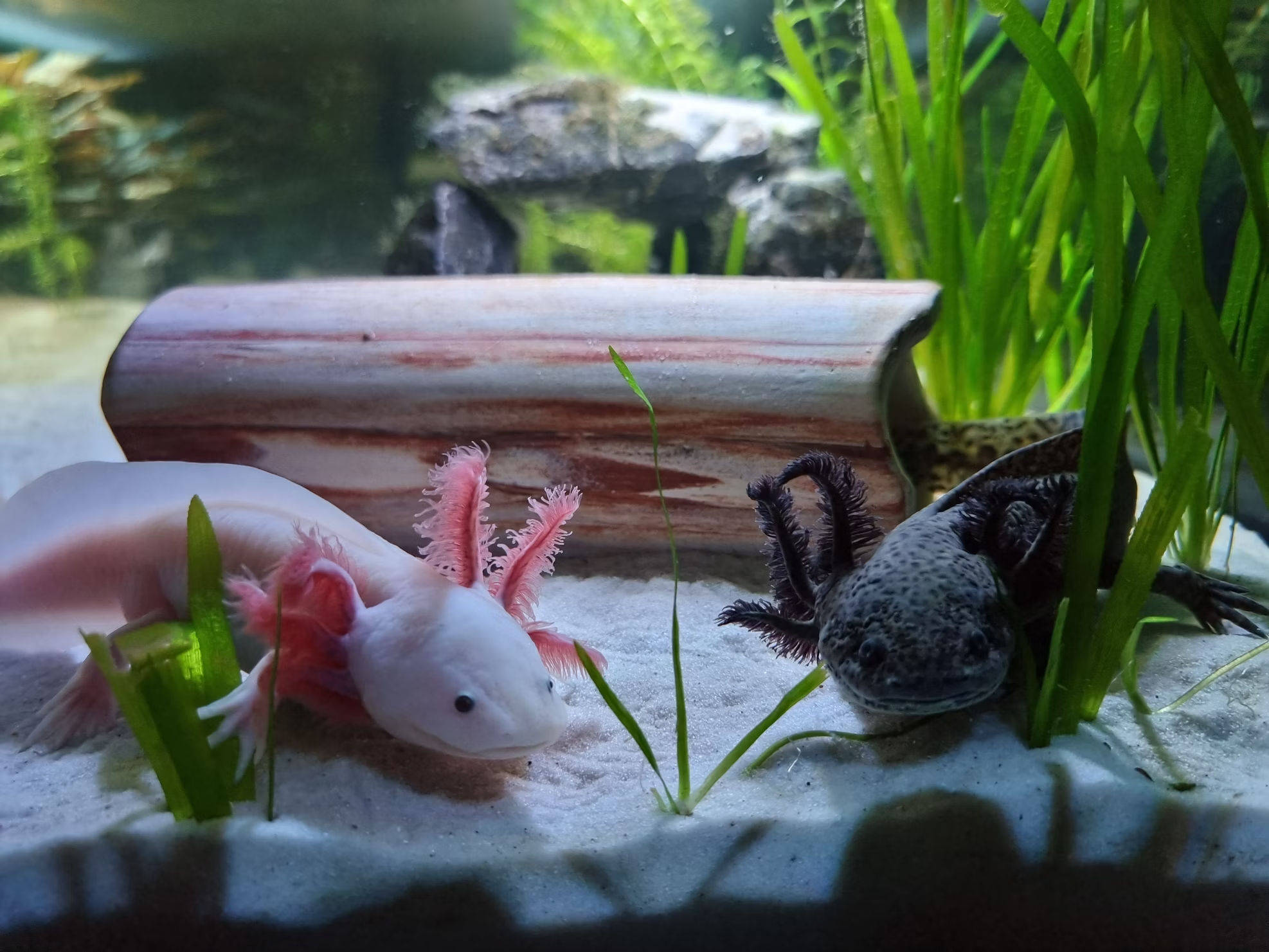
Why Axolotls Are So Rare
The axolotl, an aquatic salamander found originally in Mexico, has attracted so much attention due to its peculiar physical appearance and marvelous biological characteristics although it is a very rare species. There are several reasons for this rarity both in the wild and captivity. Hereunder is an in-depth examination of why axolotls are so rare.
Endemic Habitat
Xochimilco lakes in Mexico have axolotls that have undergone a variety of environmental shifts, and this has inhibited their progression and required them to adapt. They are extremely sensitive to any changes affecting their habitat since they inhabit this small area only. The entire future of these beings is tied up with the states of waters they occupy.
The only natural habitats of these lakes, thus any change or disruption in this habitat may lead to bad effects on their populations; hence they are best known for being endangered if these places are not protected.
Urbanization
Inhabitants like the axolotls have seen their lakes drained or wiped out with the fast growth of the city of Mexico. Additionally, their natural environments have been invaded by urbanization which has caused a considerable decrease in the area and quality of their otherwise general spaces.
Moreover, these developments have resulted in the obliteration of important vegetation in water bodies and alterations in the way water flows; consequently, axolotls are no longer able to live actively in their own country.
Pollution
Pollution from industries, agricultural runoff, and untreated sewage has severely affected Xochimilco’s lakes. These substances poison the waters causing a decline in their standards which greatly affects the axolotls’ health.A wild contaminated aqua can induce life-threatening microalgae and lowered oxygen concentrations causing it to become a less welcoming place for axolotls and other indigenous fishes meaning that their very existence is endangered.
Invasive Species
The Xochimilco lakes have been invaded by invasive fish like tilapia and carp which compete for resources with axolotls and eat their eggs as well as hatchlings. These non-native fish disturb the fragile ecosystem and make it difficult for axolotls to find food by increasing their production. The appearance of such non-indigenous organisms threatens even more the reproduction of the endangered axolotl species.
Critical Conservation Status
Due to a significant population decline, axolotls are now considered critically endangered species. But still cannot save them from losing space, being polluted, or being invaded by foreign species. Diverse conservation policies might outweigh the problems posed by domestic fauna at times but animals in the wild remain under threat of annihilation.
Captivity vs. Wild
There are numerous challenges facing the process of moving axolotls from a situation where they are found in plenty in captivity to one where they are threatened with extinction in the wild. This clearly shows that success in breeding axolotls in captivity does not increase their population in nature. By dealing with the causes of their decline and rejuvenating the ecosystems they inhabited, it is possible to ensure that these species have a home in the wild.
Pros And Cons Of Owning Axolotls
Cons of Keeping Axolotls
- Axolotls Can’t Be Handled: A delicate, soft skin and external gills are found on axolotls making them very sensitive to touch. Therefore, if they are touched frequently it may lead to some stress, skin injuries, and even infections affecting them. Unlike other pets, they ought not to be touched physically, so some owners who desire more interactive experiences will feel let down by them.
- Axolotls Require Cold Water Aquariums: For axolotls, keeping the ideal temperature range of 60-64°F (15-18°C) can be tough, particularly in hot weather. Excessive heat can lead to tension and sickness. In addition to costs and demand for resources, owners have to control the water temperature by using cooling devices such as aquarium chillers to maintain a constant healthy situation for their axolotls.
- Axolotl Supplies Can Be Expensive: A proper habitat for axolotls can be costly to set up. Heaters and cooling units, water filters, and good substrate are a necessity but all that hardware has an added cost. This gives them as pets a rather high maintenance character than most others because they are mostly used in water testing kits while their treatments are also in process to ensure water quality which is ideal for them.
Pros of Keeping Axolotls
- Peaceful Pets: Axolotls are generally quite docile, living well apart. They do not need social contact with other animals so are ideal for single-pet homes. Their docile nature and fascinating behaviors, such as slow swimming and unique regenerative capabilities, make them very entertaining to watch. They also have a relatively low-stress nature, requiring minimal attention beyond care for their environment.
- If Maintained Properly, Axolotls Are Hardy: Astonishingly resistant, axolotls are quite robust if kept in a well-maintained aquarium with stable conditions. Provided water quality and temperature are carefully monitored, they thrive very well in captivity. Their ability to regenerate lost limbs also makes them resilient against certain injuries, making them a very robust pet option for those willing to meet their specific care requirements.
- Axolotls Can Live a Long Time: In captivity, with the utmost caution, axolotls may survive up to ten to fifteen years, making them what you may say have a long-lasting friendship with a pet. As such, this span gives the owners enough time to relish their axolotls’ company. For individuals seeking a pet that does not have a shorter lifespan like most small pets or fish, their long life is a considerable benefit.
- Axolotls Come in Lots of Cool Color Morphs: You may find axolotls in many colors and sizes, including the classic wild type, albinos, leucistic, golden, or blue varieties among others. Different people will be attracted to them because of the unique coloration that is associated with each of these species. Variety in looks creates a thrilling chance for pet lovers who like gathering or breeding unique creatures.
FAQs
Are there any axolotl-related cultural or historical factors?
Yes. Axolotls are part of the Mexican culture; more specifically, axolotls are associated with the god Xolotl in Aztec mythology. Although in the past they may have occupied a rather important space within cultures, habitat loss, and pollution have led to making this such an important topic currently than it was for conservation purposes. The initiatives these days are on the conservation of the species as well as its culture.
Do axolotls require specific conditions to survive?
Yeah. Axolotls flourish in unpolluted, chilly, and well-aerated fresh waters. They depend on the steady condition of water, temperature, and native plant life for their existence. Their vulnerability to changes in the environment is what makes them have difficulties in deteriorating natural habitats.
What role do axolotls play in scientific research?
The regenerative capability of axolotls to limbs, spinal cords, and even portions of their brain makes them highly valuable for scientific research. For studying tissue regeneration, healing, and genetic research they are good model organisms because of their regenerative properties. However, the scientific interest has not been able to successfully conserve them in nature.
Conclusion
Axolotls are rare in nature since there has been habitat destruction, pollution, and parasites and very few are genetically diverse. These animals are liked by researchers and kept as pets but still, they are becoming fewer in the wild; hence it is important to protect them from extinction. Due to their unique body structure and restricted earth area, they represent a key reason why it is necessary to maintain the habitats and conservation of different species.

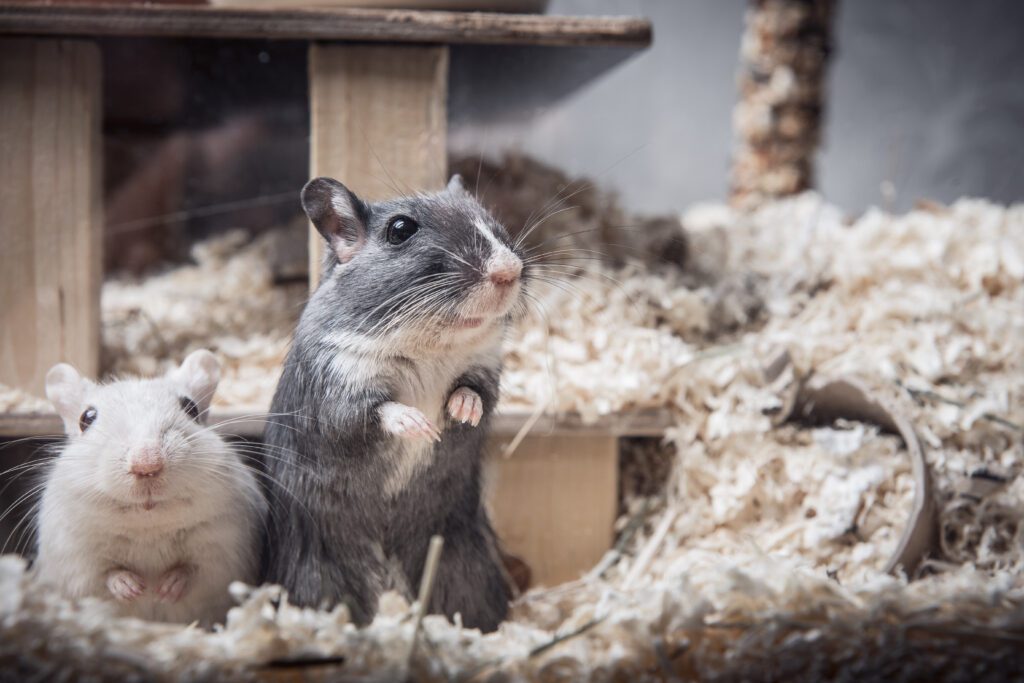
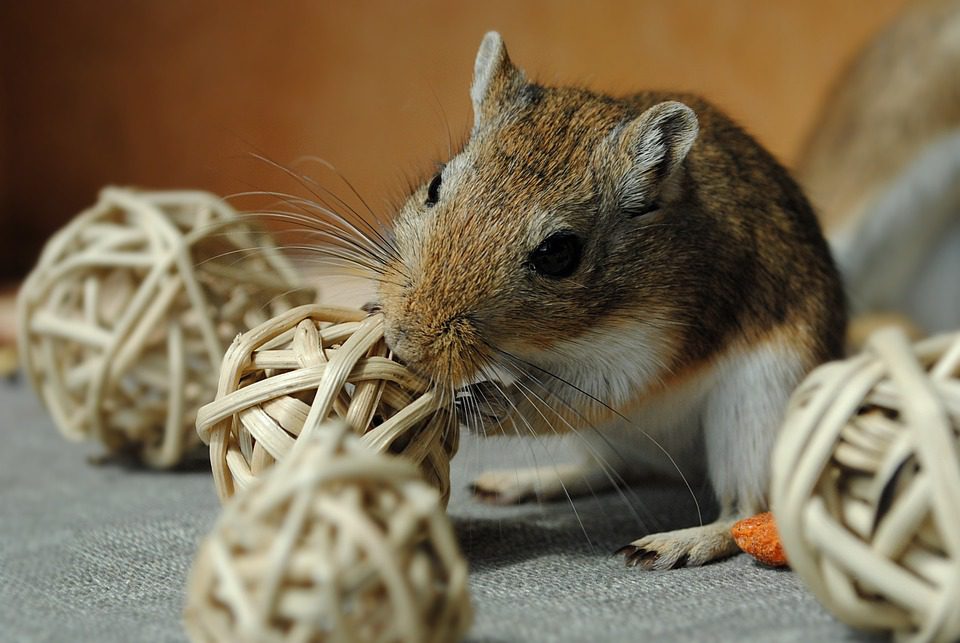
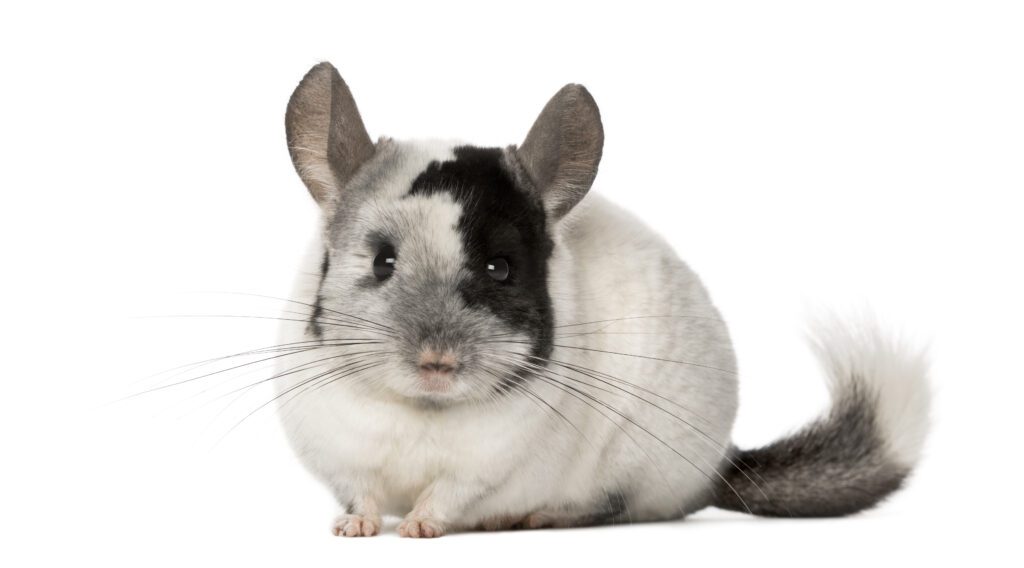
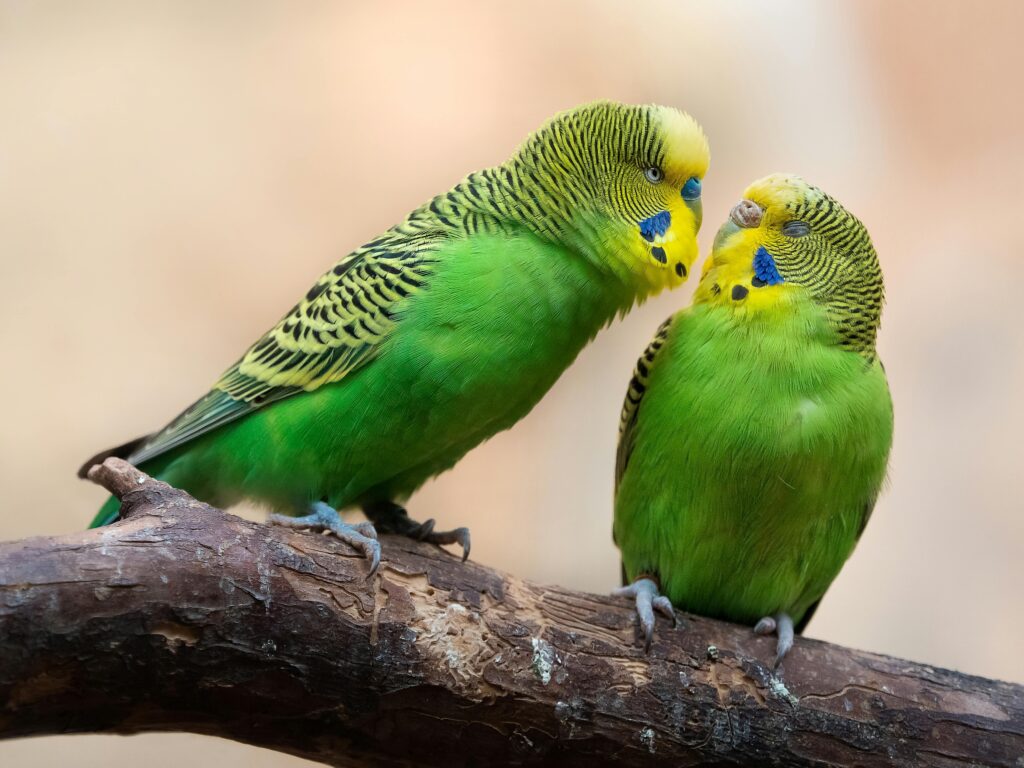
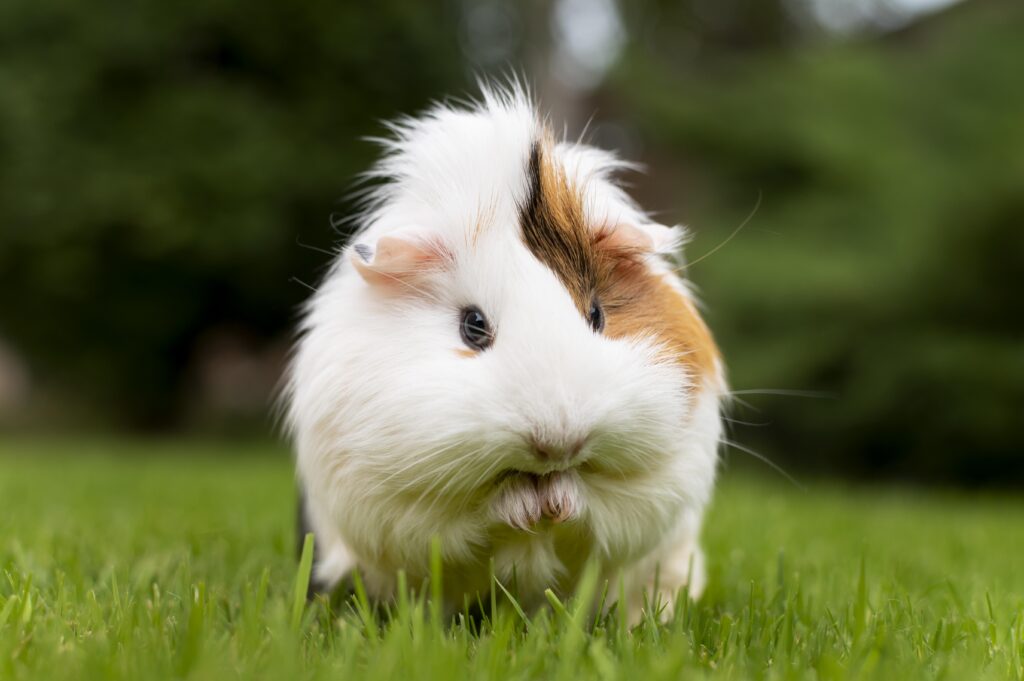

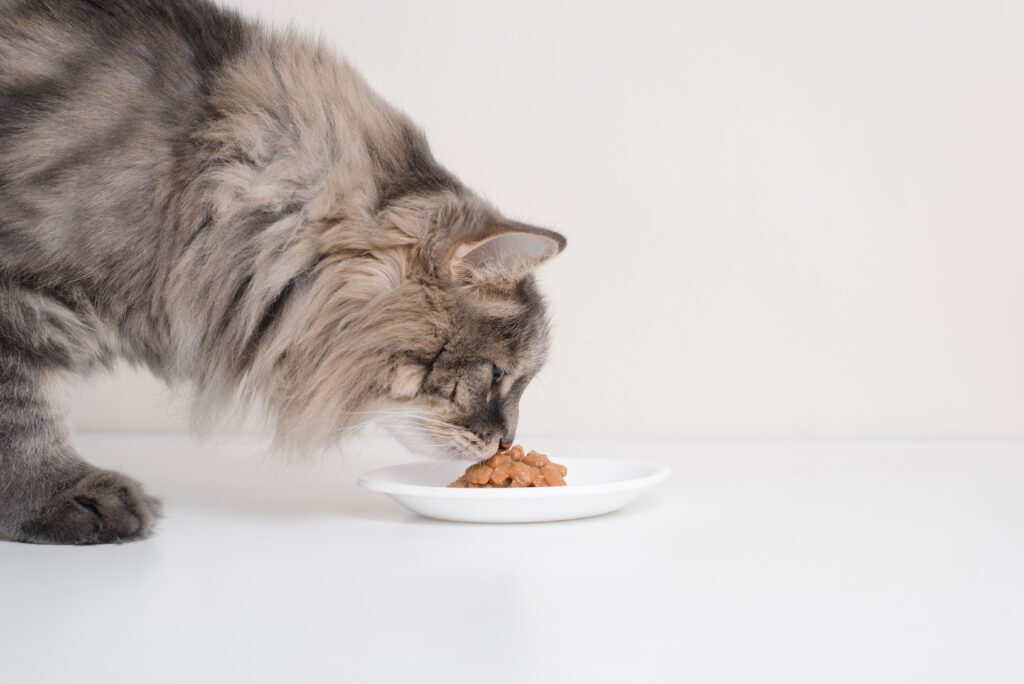
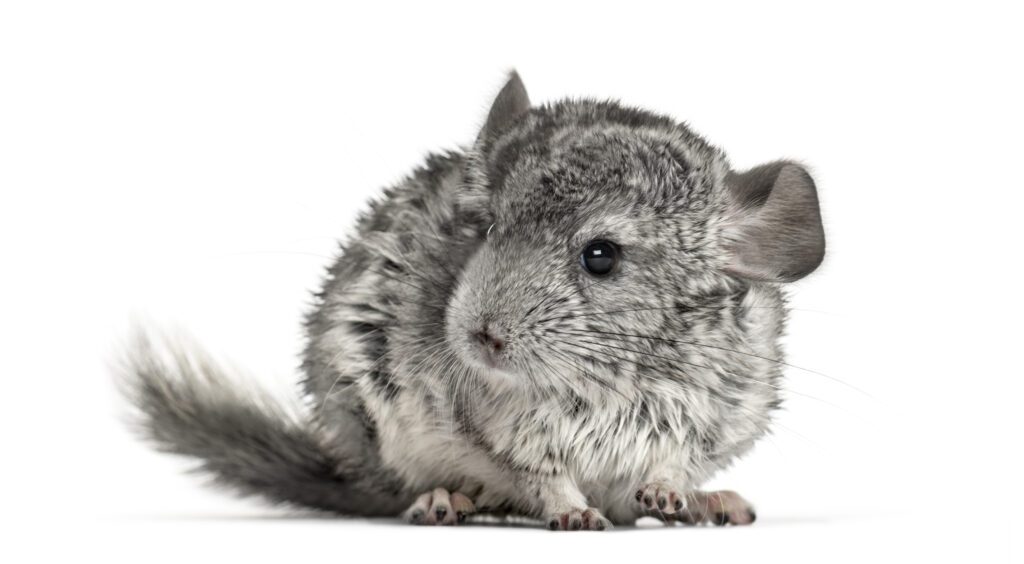
2 Responses